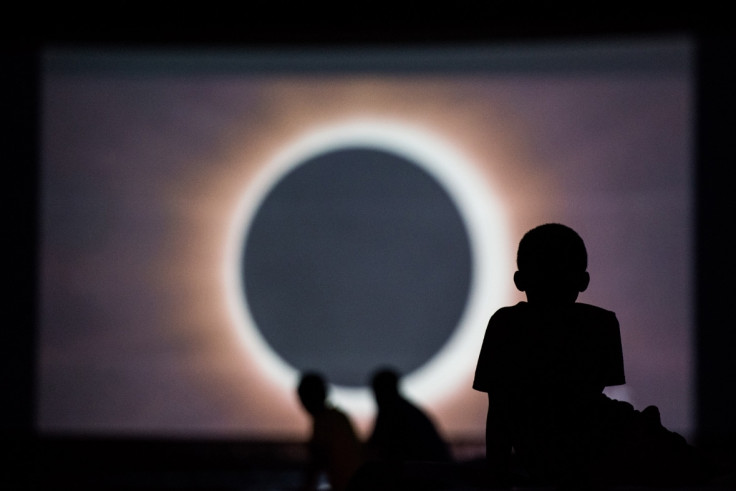How to make a pinhole camera projector to safely watch the solar eclipse
A total solar eclipse is nigh, here's how to watch it without damaging your eyes.
Later today (21 August) US onlookers will get to see a total solar eclipse for the first time in almost a century. The 'Great American Eclipse' will leave areas of 14 states in darkness as the Moon, Sun and Earth align - but how can you actually watch it without scorching your retina?
It should go without saying that staring directly at the Sun, regardless of whether the Moon is in the way, is a monumentally bad idea that can cause permanent damage to your eyes, or even blindness. Thankfully there's an easy way to witness the spectacular event using a couple of everyday household objects.
While UK viewers will only get to see a very minor partial eclipse after 7:40pm (with the total eclipse starting for US hopefuls from 10:16am PDT and lasting for around two hours across different states), considering our next eclipse isn't scheduled until 12 August, 2026, it's definitely worth a quick peek too.
There are, of course, more impressive bits of gear for eclipse-hunters, such as certified solar-viewing glasses, but for those after a quick fix, here's how to make a DIY pinhole projector courtesy of Nasa's Jet Propulsion Labs:
- Grab two pieces of white card or tough paper, some aluminium foil, adhesive tape and a pin (or something sharp that can make a decent circular hole);
- Cut a square into the middle of one piece of card - fold the card over to do this and cut in the centre of the bend;
- Tape aluminum foil over the hole;
- Stab a small hole, no larger than a pin prick, in the foil;
- Put the second piece of card on the ground stand with your back to the Sun;
- Hold the foil card face-up and let the hole project light onto the second card; and
- Move the pinhole card farther away to increase the size of the projection.

© Copyright IBTimes 2025. All rights reserved.






















